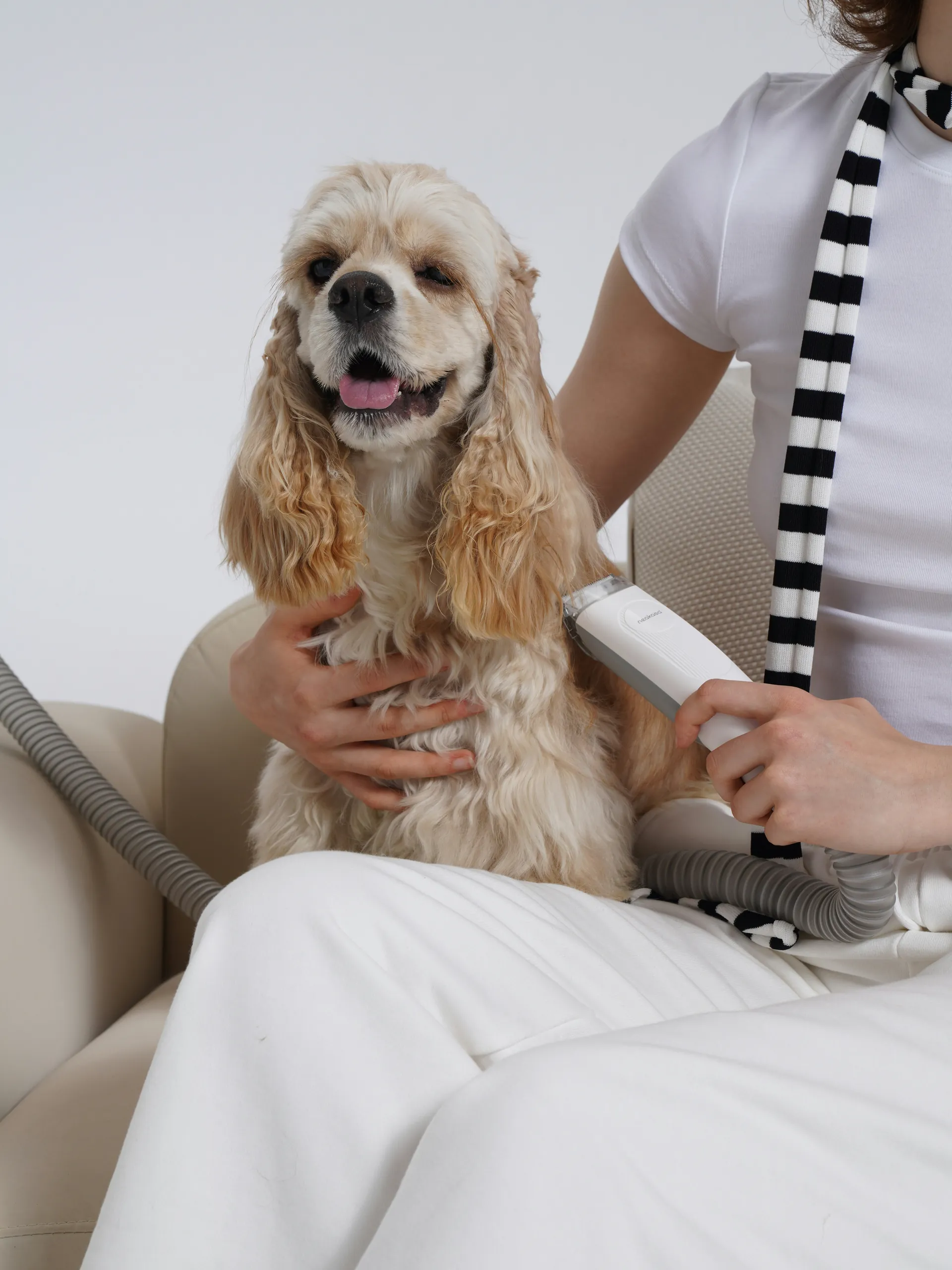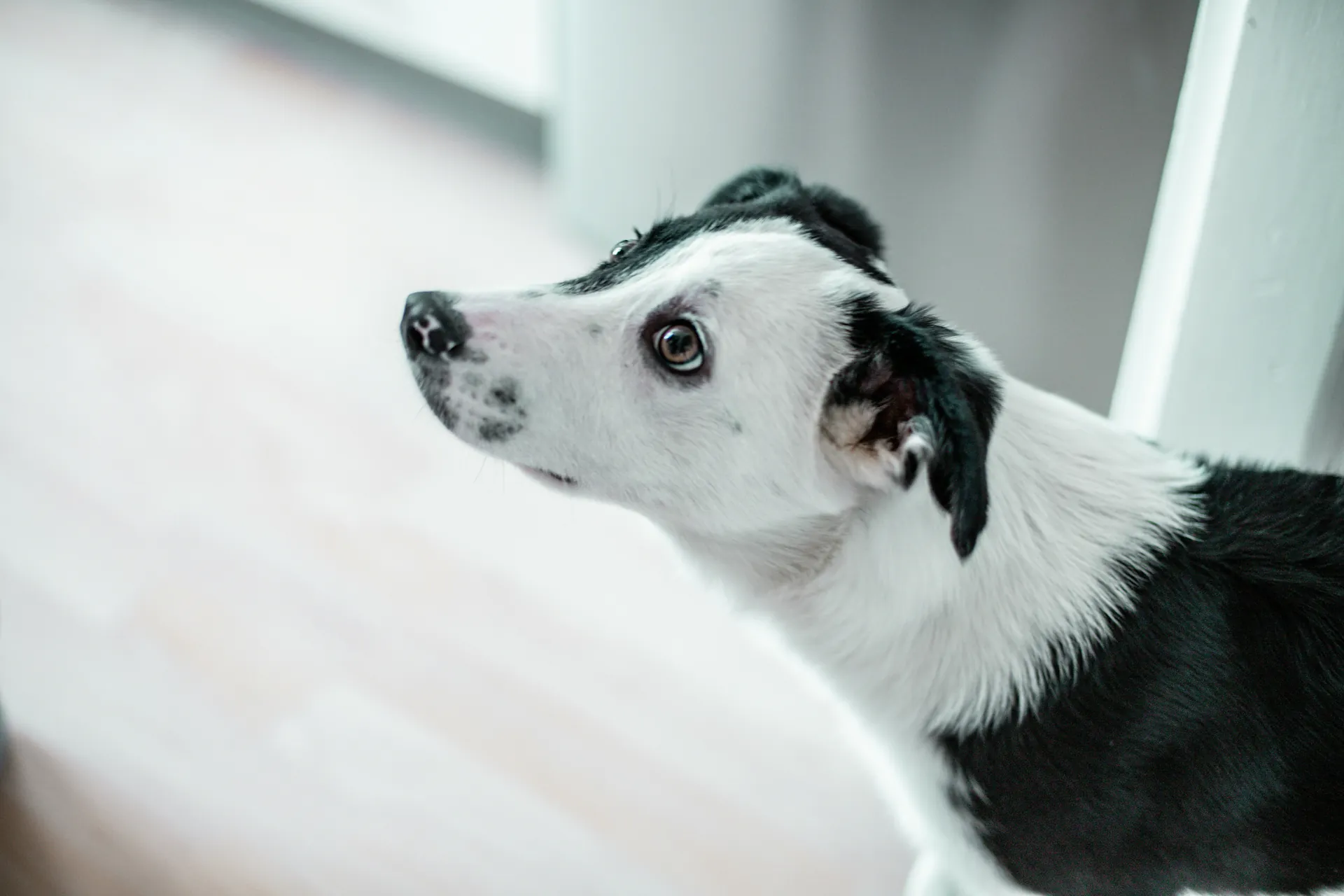Accident and Illness Pet Insurance Explained | Learn More
Introduction: Understanding Accident and Illness Pet Insurance
Why It's Essential for Pet Owners
As a pet owner, your furry friend’s health is a top priority. However, unexpected accidents and illnesses can lead to costly vet bills, making it challenging to manage financially.
Accident and illness pet insurance provides a solution by covering the expenses associated with unforeseen injuries or health conditions. This type of pet insurance ensures you can focus on your pet’s recovery without the added stress of financial burdens. It offers protection against emergency care, surgeries, medications, and specialist treatments arising from accidents or serious illnesses your pet may encounter.
The Basics of Coverage
An accident and illness pet insurance plan offers comprehensive coverage for unexpected health issues. The accident portion covers injuries from falls, bites, swallowing foreign objects, or motor vehicle accidents, including vet visits, diagnostics, surgeries, and hospitalization. Illness coverage addresses treatment costs for infections, chronic diseases like diabetes or cancer, and other serious ailments.
Note that pre-existing conditions and preventive care are typically excluded unless additional plans are purchased. Many pet insurance companies offer flexible policies to match your pet’s specific needs, ensuring optimal protection for their health.
What Does Accident and Illness Pet Insurance Cover?

Coverage for Accidents
When it comes to accidents, pet insurance plans generally cover a wide range of unexpected injuries your pet might sustain. This includes emergency vet visits, broken bones, swallowed objects, cuts, motor vehicle accidents, poisoning, bite wounds, and even broken teeth. Many insurers also cover hospital stays and specialty care required as part of the treatment process.
Coverage often includes diagnostic tests such as X-rays and ultrasounds, as well as surgeries and prescription medications related to the injury. Essentially, the accident pet insurance portion is designed to alleviate the financial burden during emergencies, allowing you to focus on your pet’s care and recovery without hesitation.
Coverage for Illnesses
The illness coverage in a pet insurance policy protects you from costs associated with your pet developing conditions that are not related to accidents. This can include common but costly issues such as infections, gastrointestinal problems, diabetes, cancer, and genetic or breed-specific diseases like hip dysplasia or brachycephalic syndrome. Many policies also cover dental illnesses up to certain limits, including periodontal disease and extractions.
This part of the plan is essential for managing chronic and acute illnesses, ensuring you have financial support for veterinary visits, treatments, and prescribed medications. Coverage for illnesses often extends to specialist care, hospitalization, and follow-up treatments required to improve or manage your pet’s health.
Diagnostic and Treatment Coverage
Accident and illness pet insurance plans often include comprehensive diagnostic and treatment coverage, which is essential for accurate and timely care. This includes lab tests like blood work, urinalysis, biopsies, and imaging methods such as MRI and CT scans.
Additionally, treatments covered can range from anesthesia and surgeries to complementary therapies such as acupuncture, chiropractic care, and physiotherapy. Many plans cover hospitalization fees, exam fees, specialist consultations, and prescription drugs necessary for recovery or management of illness. This broad coverage ensures that your pet receives the best possible veterinary care under your chosen insurance plan, helping to significantly reduce out-of-pocket costs.
What is Typically Excluded from Coverage?

Pre-existing Conditions
One of the most significant exclusions in pet insurance is pre-existing conditions. These are medical conditions that your pet has shown signs of or been diagnosed with before the policy’s effective date.
Most pet insurance companies do not cover pre-existing conditions, as they are considered high-risk liabilities. However, some providers, like AKC Pet Insurance, offer coverage for curable and incurable pre-existing conditions under specific circumstances, such as maintaining continuous coverage for a certain period. Typically, if your pet has a pre-existing condition, you can still enroll in a pet insurance plan, but the coverage will apply only to new accidents or illnesses—not the pre-existing condition itself.
Routine and Preventive Care
Routine and preventive care, such as vaccinations, dental cleanings, spaying/neutering, nail trimming, and flea control, are generally not included in basic accident and illness pet insurance plans. While these services are essential for maintaining your pet’s health, they are considered maintenance rather than treatment for specific accidents or illnesses.
Some insurance companies offer additional plans or riders that cover preventive care, which can be purchased separately to ensure your pet receives comprehensive health support.
Behavioral Issues
Behavioral issues and training expenses are often excluded from standard pet insurance coverage. This includes problems like anxiety, destructive behavior, or training costs for addressing these issues.
However, some insurance providers may cover behavioral therapies if they are deemed medically necessary and part of a treatment plan for a covered condition. It's essential to review the policy details to understand what is covered and what is not.
Benefits of Having Accident and Illness Pet Insurance

Financial Security
One of the primary advantages of accident and illness pet insurance is the financial security it provides. Veterinary care for unexpected accidents or serious illnesses can be costly, often reaching thousands of dollars. With comprehensive pet insurance, you are shielded from these sudden expenses, allowing you to make care decisions based on your pet’s needs rather than financial constraints.
This type of coverage helps reduce out-of-pocket expenses by reimbursing a portion of your veterinary bills, making it easier to afford necessary treatments for your pet without financial stress.
Enhanced Medical Care
Accident and illness pet insurance expands the range of medical care options available for your pet. When financial concerns are minimized, you can consider advanced diagnostics, specialist consultations, surgeries, and ongoing treatments that might otherwise be too expensive. This ensures your pet receives timely, high-quality care tailored to their specific health requirements.
Many insurance plans also cover costly medications and therapies, allowing your dog or cat to benefit from optimal care without compromise.
Peace of Mind
One of the most valuable benefits of pet insurance is the peace of mind it offers. As pets age or if they belong to breeds prone to certain health issues, accident and illness coverage reduces the anxiety associated with unexpected medical emergencies.
With this safety net in place, you can focus on your pet’s well-being rather than worrying about the financial impact of vet visits or treatments. This assurance lets you enjoy your time with your pet, confident that you are prepared for any health challenges that may arise.
Conclusion: Making an Informed Decision
Assessing Your Needs
When choosing pet insurance, it's important to assess your pet's specific needs. Consider factors such as their age, breed, and health conditions. Don’t wait until it’s too late—invest in a plan that provides peace of mind and financial security for your companion.
Choosing the Right Policy
Compare the different plans available to find one that fits your budget and offers comprehensive coverage. Look for policies that include preventive care, coverage for illnesses, accidents, and other health conditions. Consulting your vet and reviewing the options thoroughly will help ensure you make an informed decision.
FAQ
What types of accidents and illnesses are typically covered by pet insurance policies?
Pet insurance typically covers accidents like broken bones or bite wounds, as well as illnesses such as cancer, arthritis, diabetes, infections, and chronic conditions. Some policies may also include coverage for hereditary and congenital conditions if specified.
However, routine care and pre-existing conditions are usually excluded from standard policies.
Can I add coverage for routine wellness and preventive care to my pet insurance plan?
Yes, you can add coverage for routine wellness and preventive care to your pet insurance plan through a wellness or preventive care add-on. These plans typically cover routine exams, vaccinations, flea/tick prevention, dental cleanings, spaying/neutering, and screenings. However, they do not cover illnesses or accidents. Options and coverage limits vary depending on the provider and plan tier.
Are pre-existing conditions covered under accident and illness pet insurance policies?
Pre-existing conditions are generally not covered under most accident and illness pet insurance policies. However, AKC Pet Insurance is unique in offering coverage for both curable and incurable pre-existing conditions after 365 days of continuous coverage.
Policies can differ, and some may exclude or impose conditions on coverage for hereditary or chronic issues. Enrolling early and avoiding coverage gaps can improve eligibility for future coverage of such conditions.
How do deductibles, co-pays, and reimbursement processes generally work with pet insurance?
Deductibles are the out-of-pocket amounts you must pay before insurance starts covering costs. These can be applied either annually or per incident. After meeting the deductible, co-pays—if applicable—are fixed fees you pay for services, although many pet insurance plans do not use co-pays.
Once the deductible is met, insurers typically reimburse a percentage of eligible veterinary expenses, usually after subtracting the deductible.




